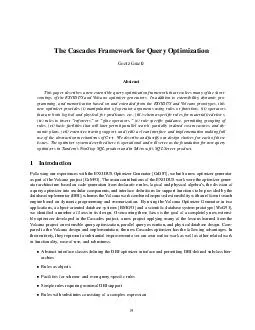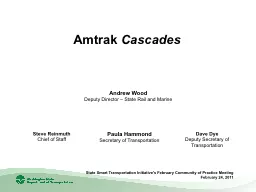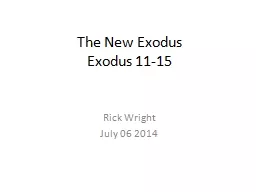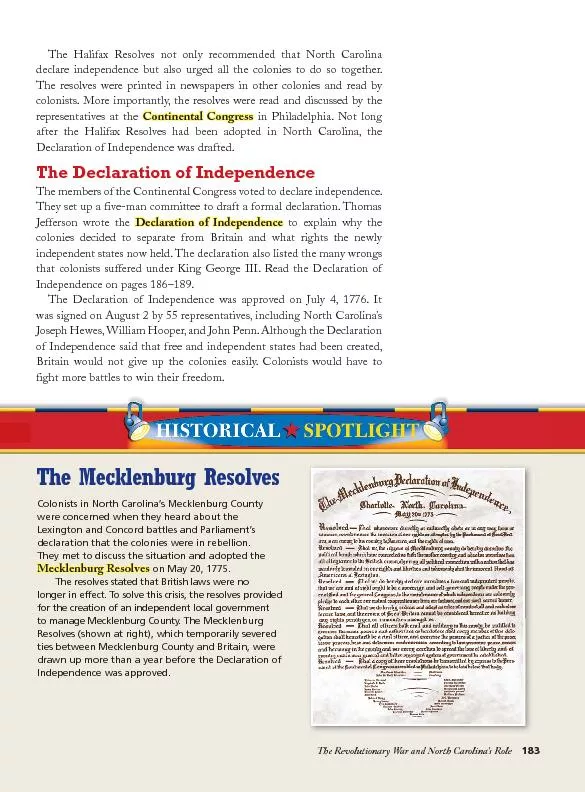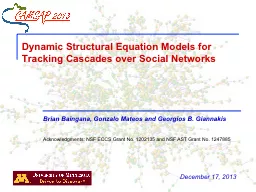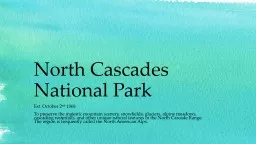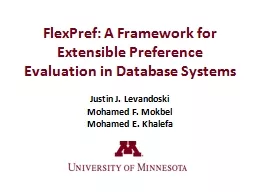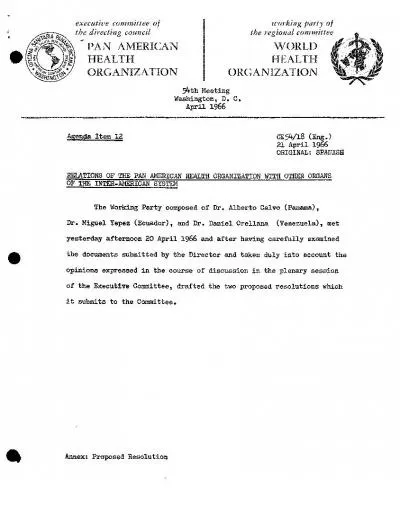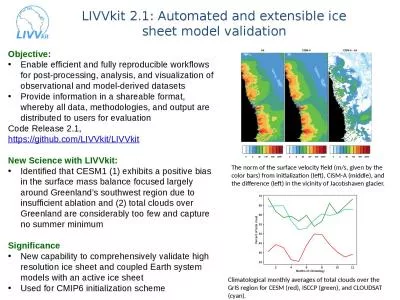PDF-The Cascades Framework for Query Optimization Goetz Graefe Abstract This paper describes
Author : myesha-ticknor | Published Date : 2014-12-14
In addition to extensibility dynamic pro gramming and memorization based on and extended from the EXODUS and Volcano prototypes this new optimizer provides i manipulation
Presentation Embed Code
Download Presentation
Download Presentation The PPT/PDF document "The Cascades Framework for Query Optimiz..." is the property of its rightful owner. Permission is granted to download and print the materials on this website for personal, non-commercial use only, and to display it on your personal computer provided you do not modify the materials and that you retain all copyright notices contained in the materials. By downloading content from our website, you accept the terms of this agreement.
The Cascades Framework for Query Optimization Goetz Graefe Abstract This paper describes: Transcript
Download Rules Of Document
"The Cascades Framework for Query Optimization Goetz Graefe Abstract This paper describes"The content belongs to its owner. You may download and print it for personal use, without modification, and keep all copyright notices. By downloading, you agree to these terms.
Related Documents

